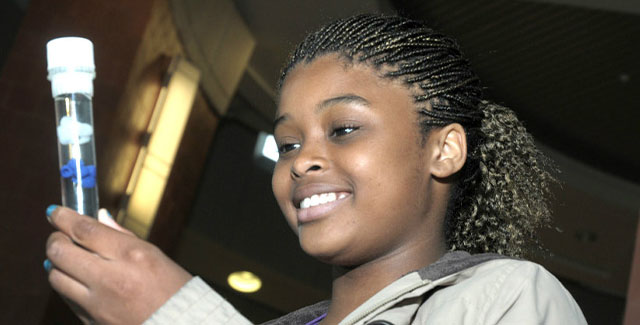
We support students getting their science & engineering projects Science Fair Ready!

The Science & Engineering Process
The most critical aspect of a project is the way the student explores and manages the project. A simple project can offer a great experimental challenge to the imaginative student. The role of the teacher, mentor or guardian should be one of guidance, encouragement and, as needed, constructive criticism.
Organized as Observe, Plan, Explore, Explain, the Science Fair Ready framework walks through the process for developing project ideas, conducting research, analyzing data, and communicating results.
Observe:
Choosing a Project
Plan:
Research and Design
Explore:
Experimentation and Investigation
Explain:
Communication and Presentation
Go to the Resources page here to find the Science Research or Engineering Design Handbook for a step-by-step guide for teachers and students. Additional resources are sorted by ‘Essential,’ ‘Supporting,’ and ‘Bonus’ to help you prioritize what to explore.
Find more resources like videos, templates, and guides for Students and for Educators on the pages linked below. Download or ‘make a copy’ of any resources to use and/or adapt for your classroom.
